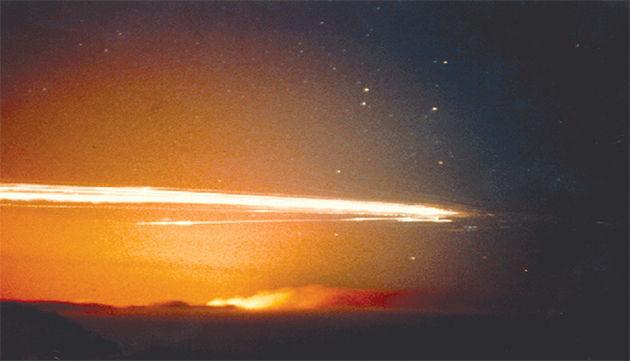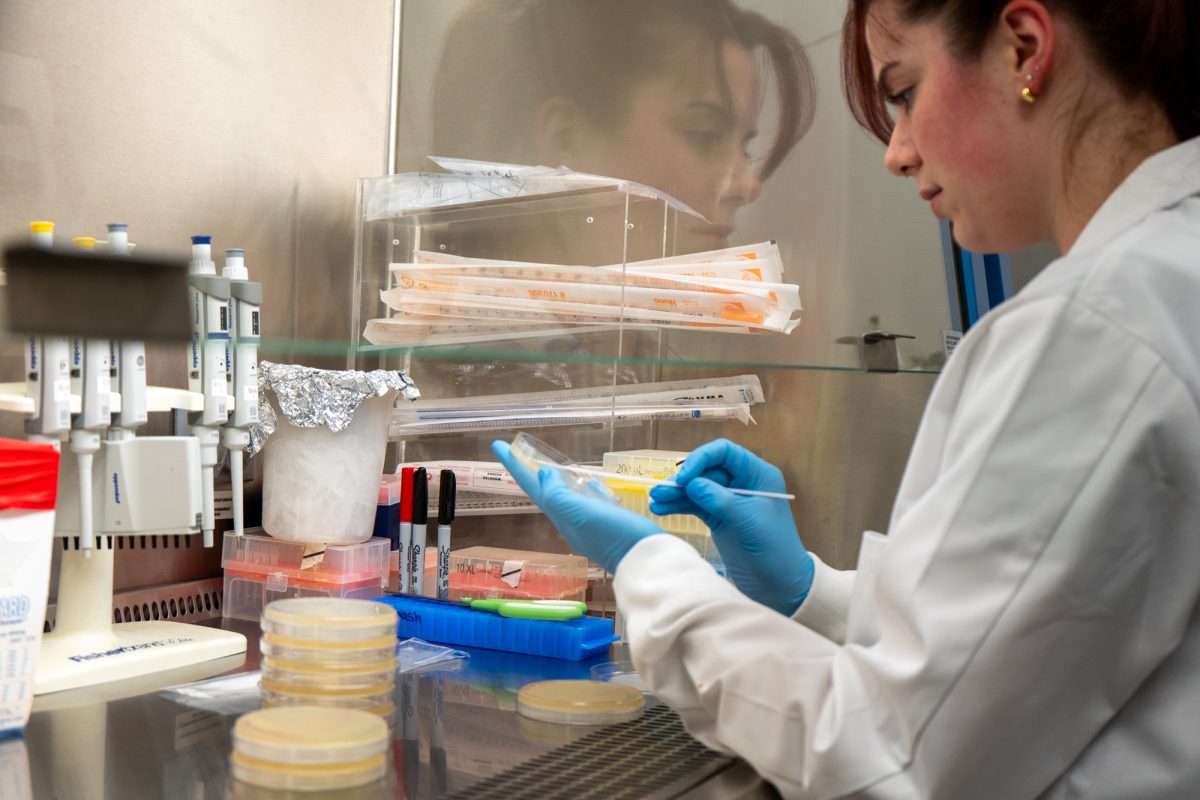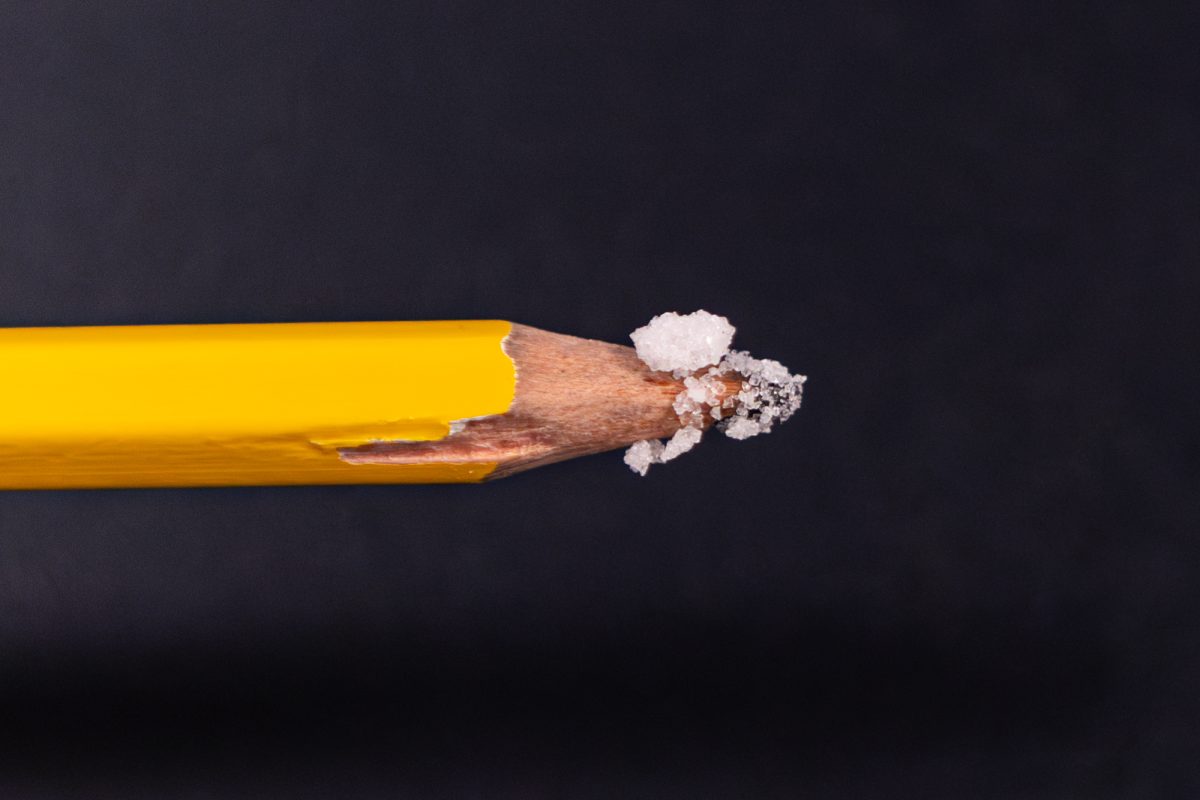Since the launch of Sputnik in 1957, the amount of manmade objects in Earth’s orbit has grown exponentially, along with the danger of flying around them.
When a satellite is launched into orbit, there is a chance that the intense stress of atmospheric egress will tear off a speck of paint, or perhaps a loose nut or bolt. Though trivial on the ground, this space debris — colloquially termed “space junk” — can be quite deadly in orbit.
According to Darren DePoy, professor of astrophysics, space junk describes anything in Earth’s orbit that no longer serves any purpose.
“It’s just junk — it’s old satellites, sometimes, that no longer function, or debris from satellites that have crashed into something and gotten broken,” DePoy said. “And it can be of any size, all the way from the size of a big satellite all the way down to the size of a BB or a bolt.”
But no matter the size, anything flying freely in orbit presents an acute danger to both satellites and humans up there, according to Nicholas Suntzeff, professor of physics and astronomy.
“There are two levels of space junk; there’s space junk in low Earth orbit, and there’s space junk in geosynchronous,” Suntzeff said. “Space junk in low Earth orbit is a danger for the International Space Station, and any manned flights to the ISS or, in the past, with the space shuttle.”
While the objects that hit the shuttle could have been micrometeoroids or dust particles left over from the formation of the solar system, according to Suntzeff, the fact that a manned spacecraft has encountered them makes the prospect of a collision with a large piece of junk all the more frightening.
“When you are in orbit, something typically will come at you at a couple kilometers a second, unless you happen to be orbiting exactly along with it … that’s going a mile a second,” Suntzeff said. “Say, if a bolt hits you, it can really perforate or really can completely destroy a satellite or affect the integrity of a space vehicle, so space junk is seriously dangerous.”
Suntzeff said it’s a growing problem.
“The more we launch stuff, the more stuff comes off the stuff we launch, and the more space junk there is out there,” Suntzeff said.
The main issue, though, according to professor of astrophysics Kevin Krisciunas, is people’s careless attitude toward space junk. Krisciunas said one example of careless disposal is the Soviet Union. He said when disposing of satellites the Soviet Union fears may be compromised they choose to get rid of them in unsafe manners.
“They don’t deorbit [the satellites]; they blow them up,” Krisciunas said. “And so that’s a really unfortunate choice.”
Scientists have begun to realize the threat posed by space junk, with NASA and some private companies tracking thousands of pieces of the debris, according to Suntzeff.
“NASA has a space debris command … and they had different programs around the world at different telescopes to find and to monitor space junk — bolts, basically,” Suntzeff said.
Suntzeff said that all these telescopes are crucial because of the sheer volume of junk that has to be tracked. While NASA doesn’t constantly track every piece, they have to check them all once every few months to ensure that their orbits don’t change too drastically.
“There are thousands of these things that they monitor, so that at least the known space junk they can avoid spacecraft or shuttles or manned space flights to avoid hitting these things,” Suntzeff said.
Navigating a debris-filled orbit
October 24, 2016
Photo by PROVIDED
Space junk – or man made debris in space – may pose dangers to future expeditions.
0
Donate to The Battalion
Your donation will support the student journalists of Texas A&M University - College Station. Your contribution will allow us to purchase equipment and cover our annual website hosting costs.
More to Discover








